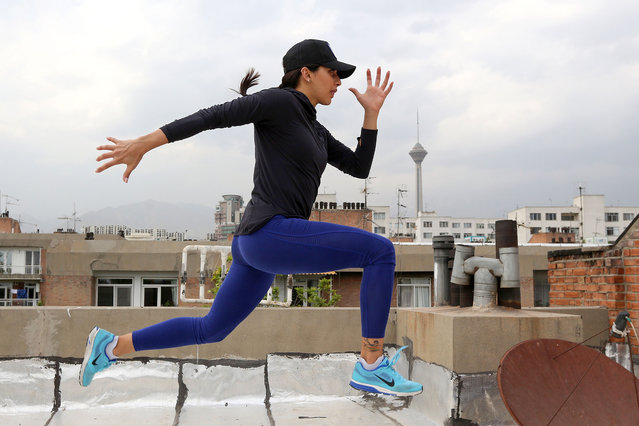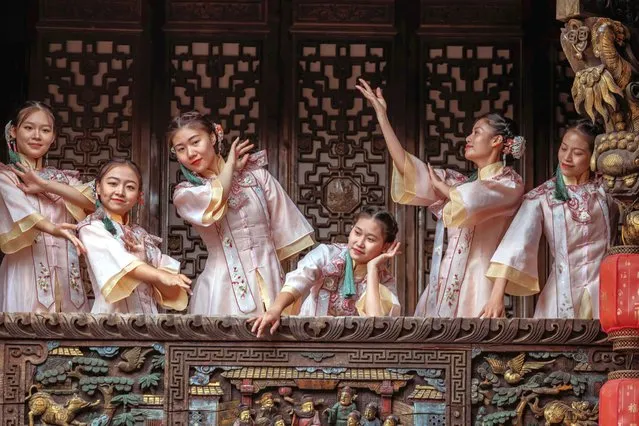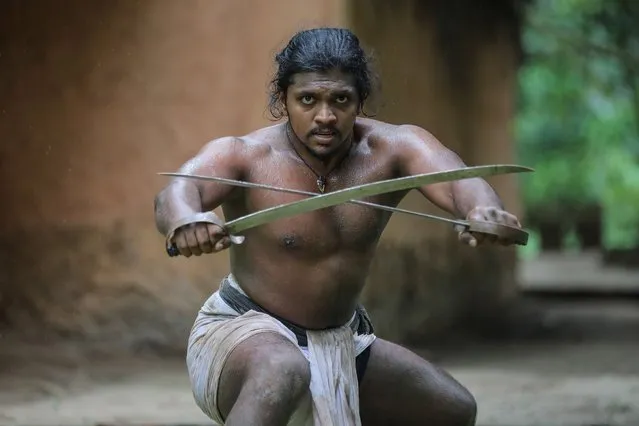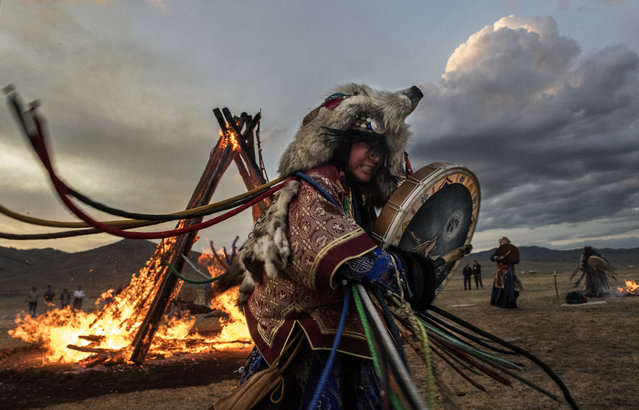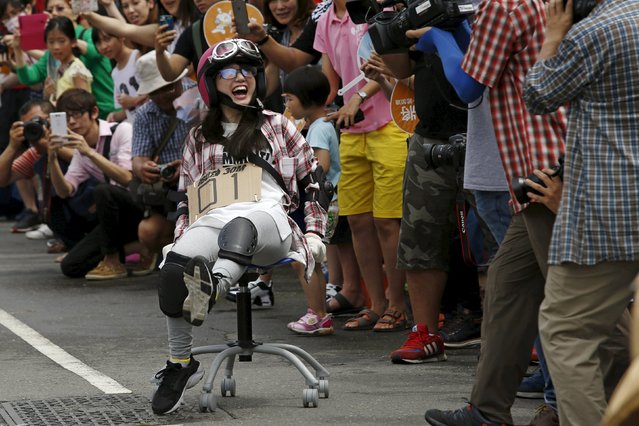
A model showcases designs by Metias as part of the LMFF Offsite Runway 1 show on day six of the 2011 L'Oreal Melbourne Fashion Festival at Peninsula Central Pier Docklands on March 19, 2011 in Melbourne, Australia. (Photo by Marianna Massey/Getty Images)
20 Mar 2011 13:37:00,post received
0 comments


